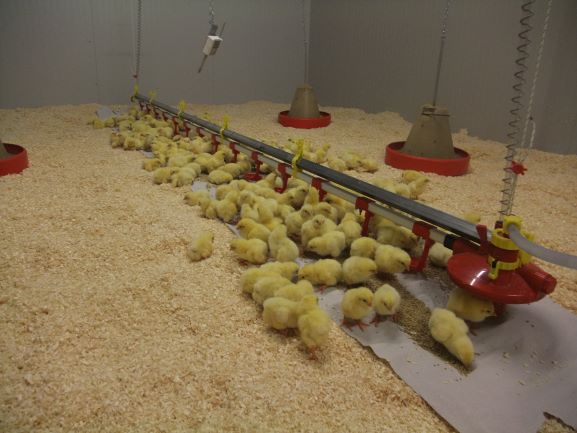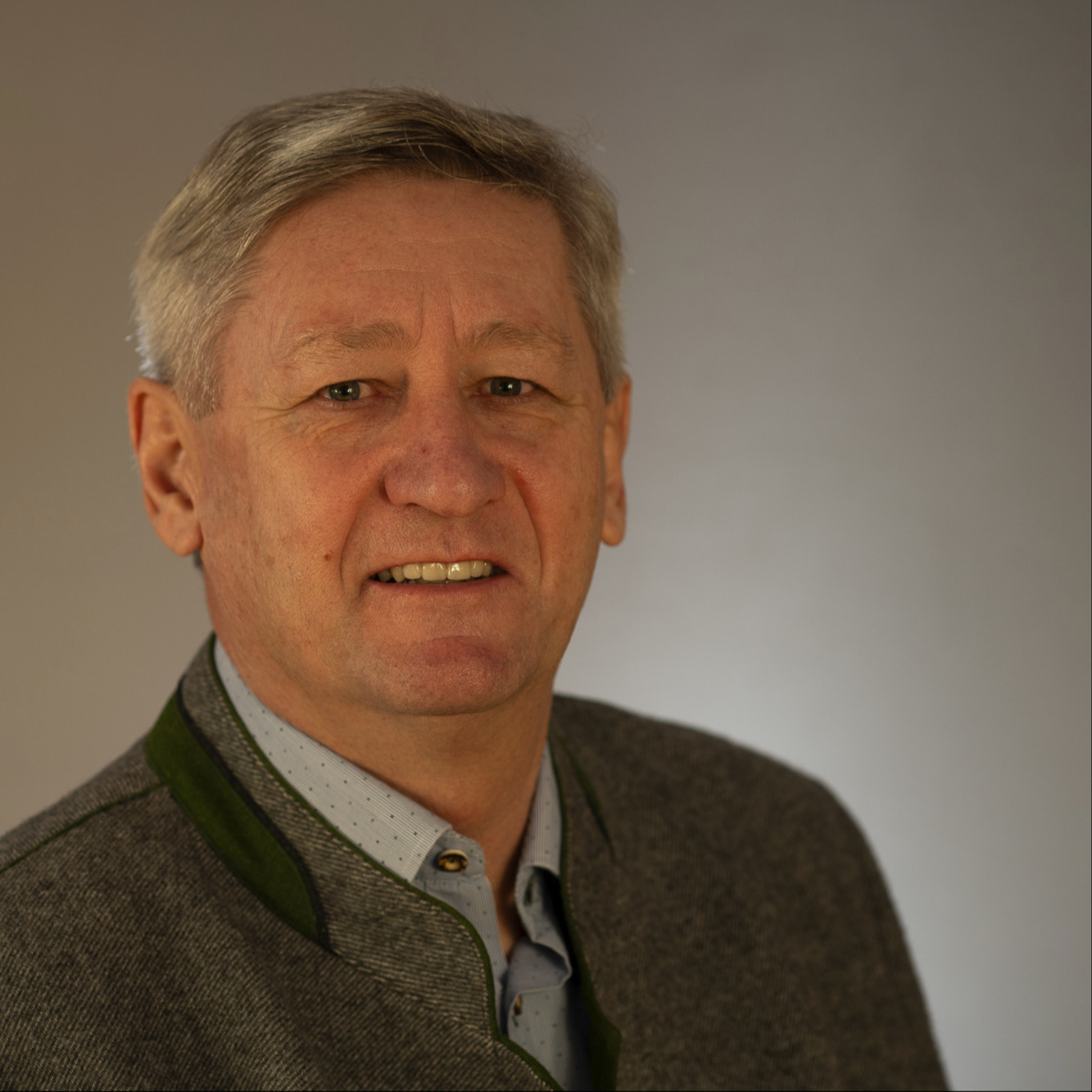In addition to Bioforschung Austria, Ecofly, the University of Natural Resources and Life Sciences (TTE) and the Federal Agency for Water Management, the HBLFA Raumberg-Gumpenstein has been given two work packages for this project. The Department of Feed Preservation and Feed Evaluation is dedicated to the question of larval preservation and the Department of Animals, Technology & Environment deals - in EIP project work package 34.2.3 - with the emissions and biological effects of larval protein in poultry fattening. In addition, climate-relevant gases are measured as part of larval production at Ecofly (also project work package 34.2.3). The corresponding DaFNE project with the acronym “Insect Larvae” has the number 101373/1.
Before the planned use of alternative protein sources in practice, the poultry industry needs reliable knowledge about the effects of the components used. In the present series of experiments, potential influences of larval protein, as a partial substitute for soy protein, on fattening performance (daily gain, final fattening weight, feed conversion), on the release of harmful gases (ammonia and carbon dioxide) and on the release of odors in poultry fattening were examined.
The current partial final report from the Department of Animals, Technology & Environment of the HBLFA Raumberg-Gumpenstein includes a total of three fattening cycles that were carried out in the department's own experimental stables from the beginning of June to the end of October 2019. The original project plan called for two mast runs; Due to unexpected, negative effects regarding digestibility and animal health in the first test run, it was necessary to carry out two more tests with a changed test setup.
In addition, the results of the measurement of ammonia, carbon dioxide, methane and nitrous oxide as part of larval production at Ecofly are presented.








